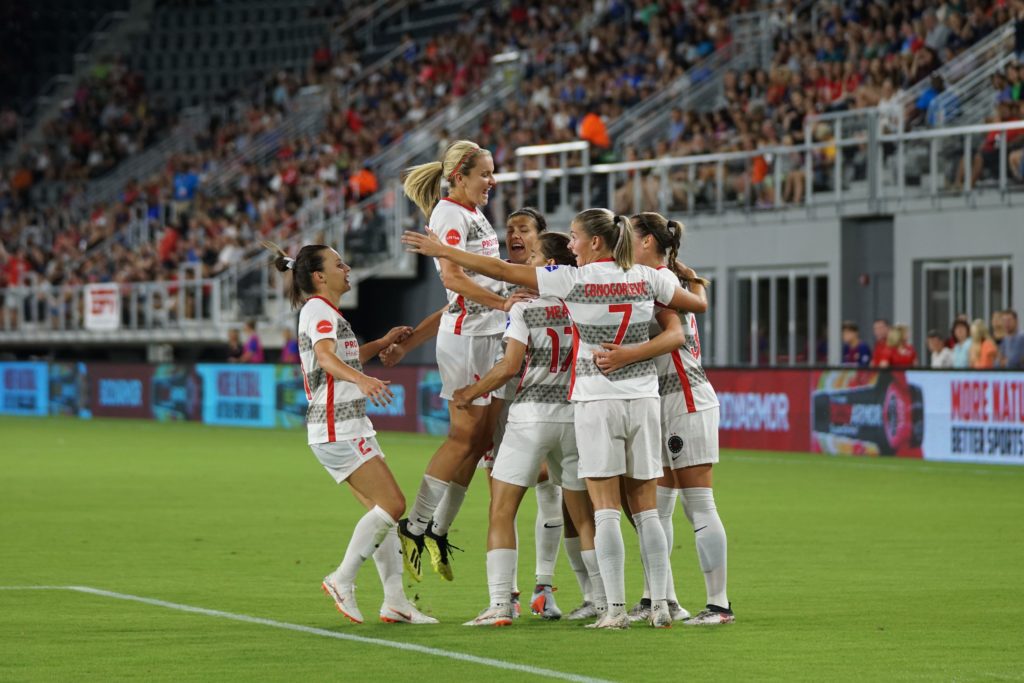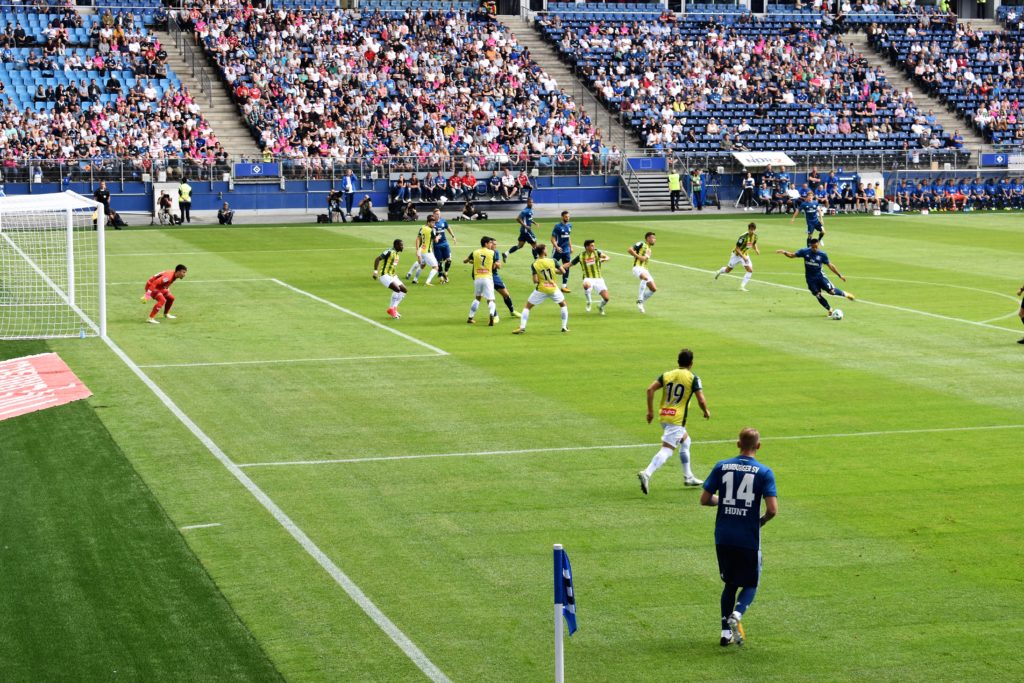Google’s real-time triggers – closing the gap between offline events and digital advertising
Earlier this year Google launched real-time triggers in DV360, a new way to activate campaigns based on certain events.
What are Google real-time triggers?
Real-time triggers enable advertisers to take advantage of real-time events such as sports games by syncing digital campaigns with relevant events. Triggers work by causing a line item to spend, for anywhere from 15 minutes to 6 hours after an event takes place.

Real-time triggers and sports games
Although real-time triggers are still quite basic, it is possible to launch campaigns based on sporting events such as the Premier League, the Champions League and both the men’s and women’s FIFA World Cup.
Once the specific event is selected, it is then possible to select what trigger would activate the campaign, such as if a specific player scores a goal or if a team wins a match. This concept allows the advertiser to capture the attention of the audience in real time while they are invested in the event.
A study by Google and Ipsos Connect identified that “80% of sports viewers say they use a computer or smartphone while watching live sports on TV” to research statistics about the game, talk to other fans, or engage in related content.
During the game is the ideal moment for an advertiser to capture the attention of their audience by displaying to them a creative closely related to what they are watching. Consumers who are already in the right mindset to result in an action, whether it be an engagement or a purchase.
Manual triggers are also an option, where media teams can set triggers manually. Google has said that this tactic is effective to “amplify the impact of a sponsored TV show by triggering a line item to spend when the show begins”. Hence, supporting cross-screen advertising strategies.

What’s next for real-time triggers?
In the future, we will likely see the triggers product develop beyond sporting events towards triggers such as weather, local news, and other TV programmes, closing the gap between offline events and digital advertising in real-time.


